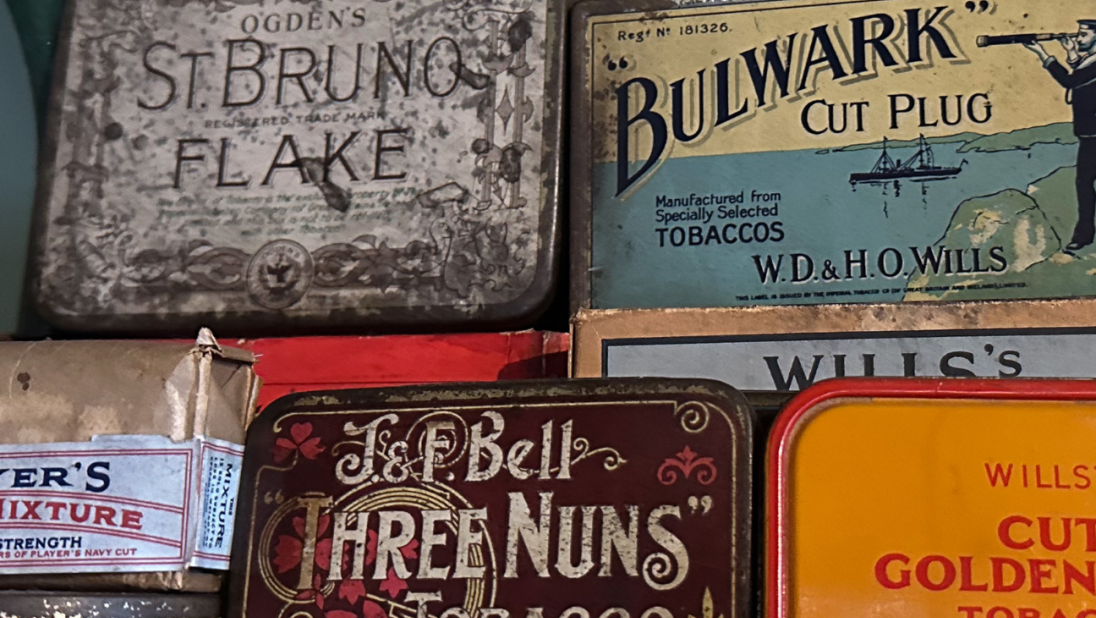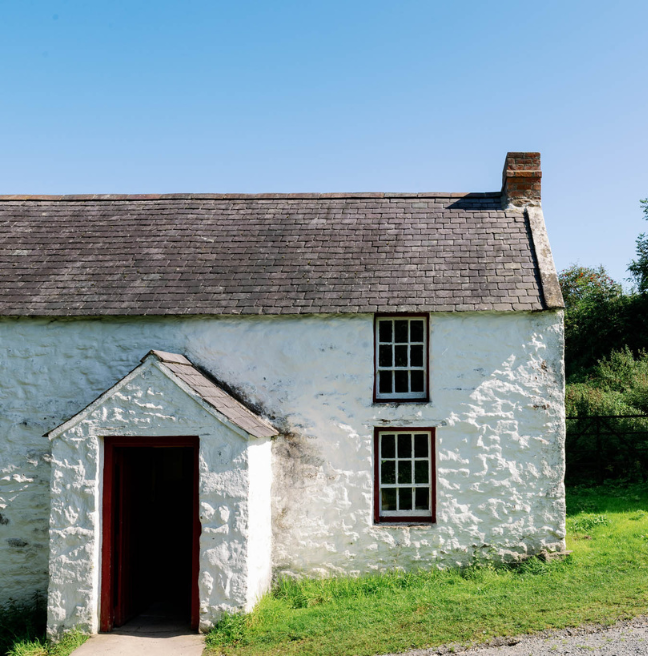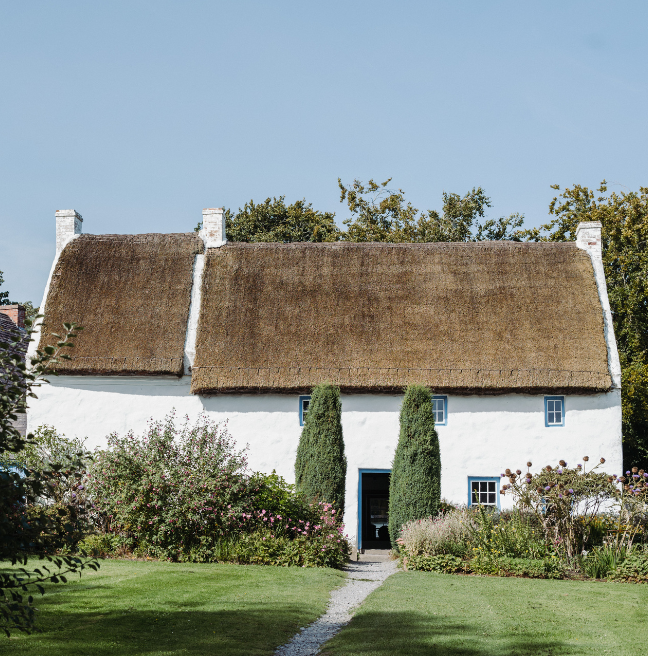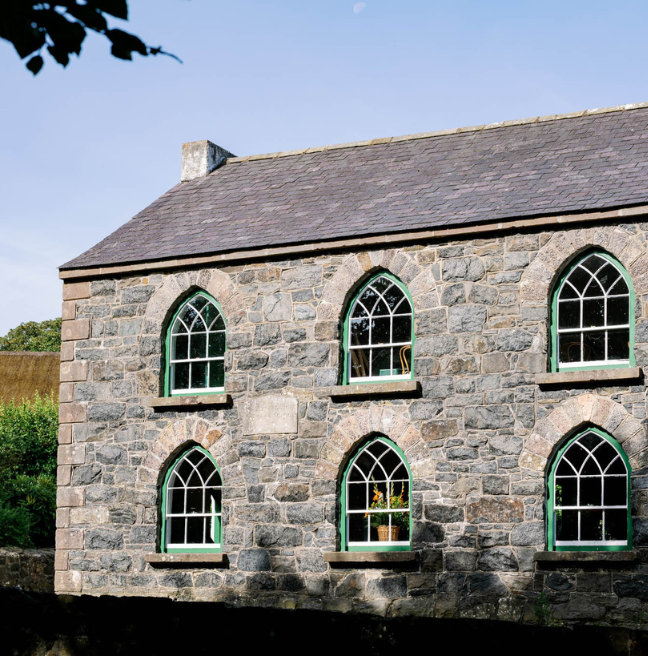
Where is it from?
The corner shop originally stood on the corner of Nelson Street and Irish Quarter West in Carrickfergus, Co. Antrim. It is thought that the shop was built in 1889, but members of the Carruth family believe it could have been built some decades earlier. In 1989, the shop was moved to the Museum after the building was acquired by the Department of the Environment and scheduled for demolition.
Why is it special?
This shop is typical of a traditional urban corner shop from a good quality, late Victorian brick-built terrace. It represents the shopping habits of people who lived in town and urban environments.
Who owned the shop?
Walter Carruth was a successful local businessman who owned a building company. He built several rows of terrace houses in Carrickfergus. The premises housing the corner shop also became the Carruth family home.
In addition to his building company, Walter was a leading townsman of Carrickfergus Urban District Council and served as a Justice of the Peace.
Walter’s wife, Margaret Carruth, managed the shop. The shop and business passed to Walter’s daughter, Mary, and her husband Robert McKeown in the late 1910s. Robert ran the building business and Mary and her daughter Lizzie ran the corner shop.
Robert and Mary McKeown had nine children. Their five sons assisted with the building company, while their four daughters worked in the shop.
Their descendants continued to run the corner shop until the 1970s.

Who shopped there?
The Old Irish Quarter was a very poor, largely Catholic area of Carrickfergus. The corner shop served many local streets, and the Carruth family would have known most of their customers. The shop's custom mainly came from local working people and schoolchildren, and it faced stiff competition from other shops of its kind. Credit was not given at the shop, but a Christmas Savings Club was operated for its customers.
Carruth's stayed open longer than larger shops and sold groceries, confectionery, tobacco and toys. Some seasonal goods sold were buckets and spades during the summer, religious wares at Christmas, and small eggs made from hard white icing sugar at Easter.















